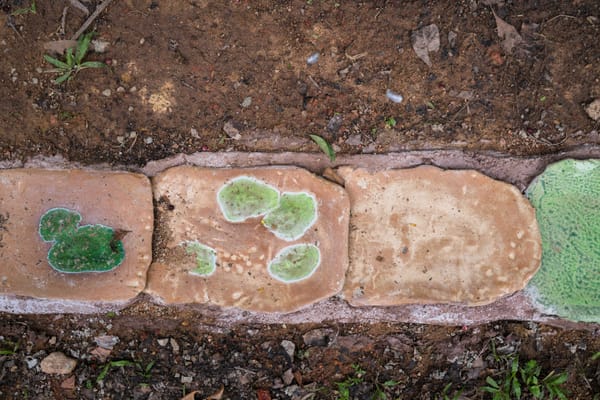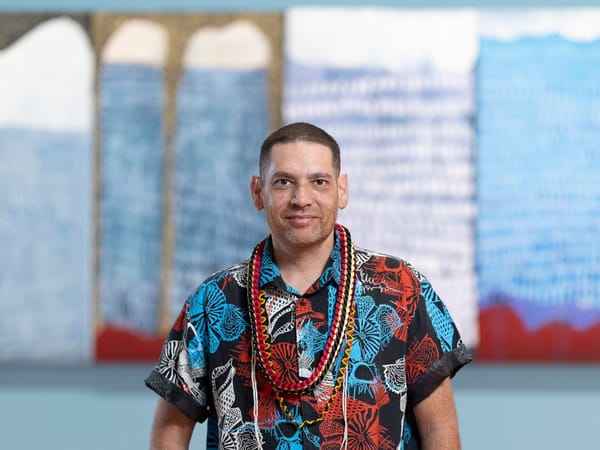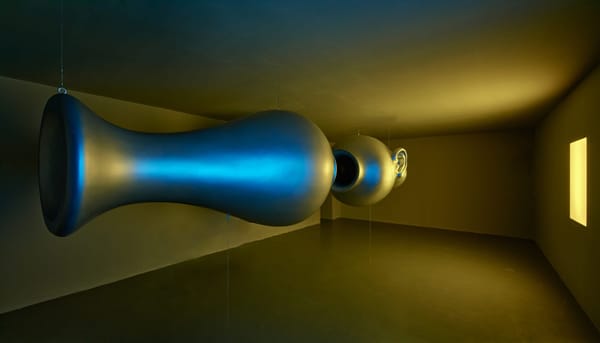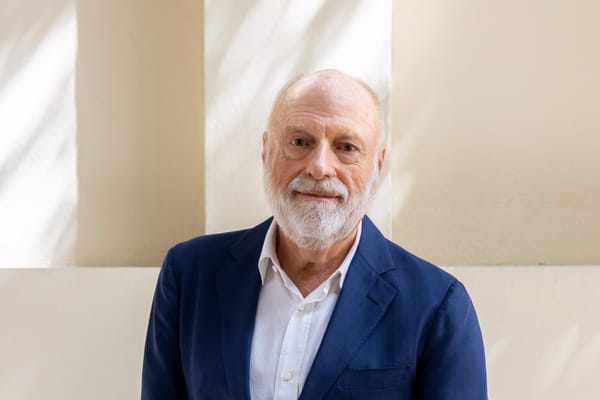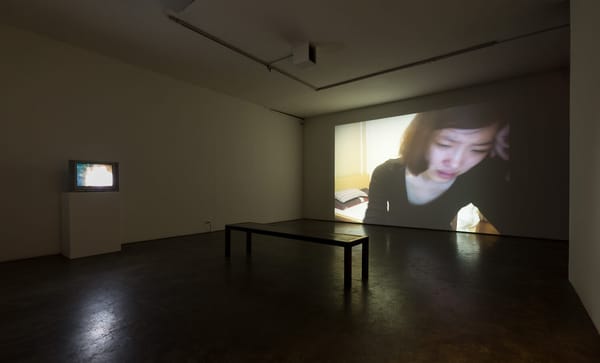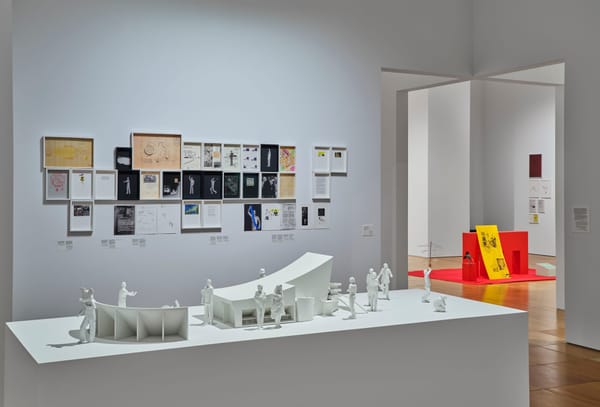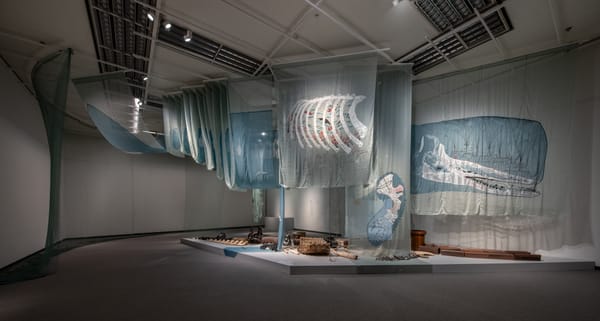Shows
New Works: Ahmet Güneştekin


Ahmet Güneştekin’s current exhibition at Marlborough Gallery is the Turkish artist’s first in New York since 2013. “New Works” showcases Güneştekin’s diverse practice; his ceramics, textiles and painted works transport the viewer to a place where mythology and reality merge. Here, East and West know no boundaries and time is malleable. Each work shows levels of dimensionality through the complexity of colors and shapes used to present fractured moments of ancient stories.
The artist uses symbolism influenced by ancient mythologies and modern religions. He presents figures such as Medusa, who is familiar to a Western audience alongside her mythical counterpart, Shahmaran, who is known in the East. Demonstrating his message of universality, the artist depicts parallel characters to unify the ancient tales. Combining mixed media items like concave mirrors and metal cages with optical illusions and color gradients, Güneştekin forges a unique space steeped in mythologies that have prevailed for centuries.

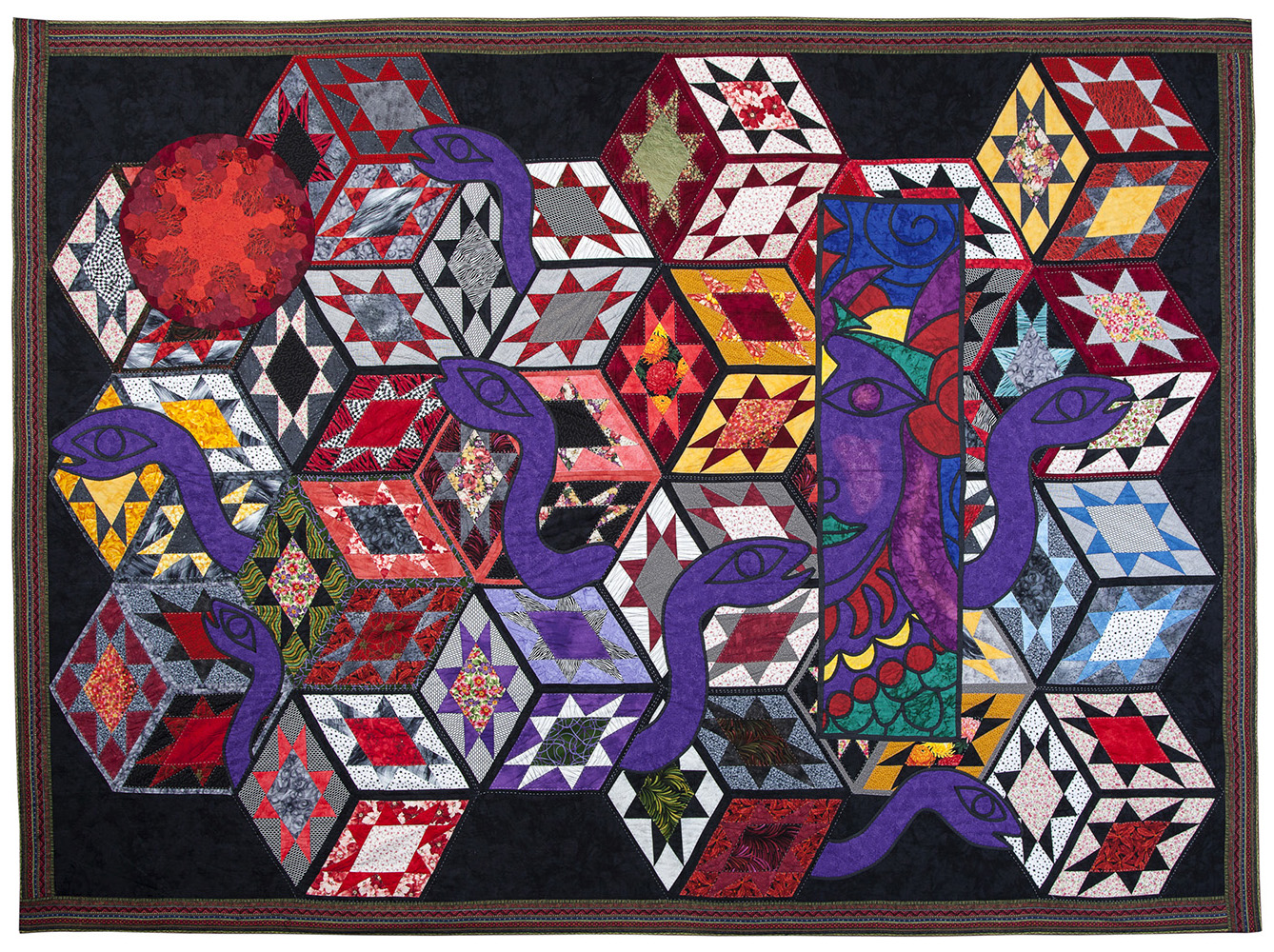
Medusa—the snake-haired gorgon—and her legendary Kurdish complement Shahmaran appear together in Medusa’s Quest for Shahmaran (2012). The oil work features figures painted in grey to match the background, only colorful strips and serpents reveal their identities; the muted presentation of both figures alludes to their fading presence in the modern world. Both figures are also shown individually in Shahmaran 2 (2016) and Medusa (2016)—two colorful patchwork quilts depict a single half of their faces in frame, with the likeness of one appearing on the other’s namesake textile. This split illustrates the cultural divide of figures whose unifying characteristics have been forgotten—in this case, serpentine features, blood which both restores, and their roles as guardians. Quilts from the Ottoman Empire were once valued in Europe; Güneştekin represents these figures’ singular origin on a medium that once united East and West.
Another mythological Greek figure, Prometheus, is brought to the forefront in Güneştekin’s oil painting the Inconsolable Pain of Prometheus (2014). The Titan Prometheus stole fire from the gods and gifted it to mankind, in turn he was sentenced to everlasting torture by Zeus. Though initially hard to discern through the curving lines and fishbone strokes, the viewer is able to make out Prometheus’ eternal agony as his liver is eaten by an eagle, replaced here with the Yazidi peacock solar angel, Melek Taus. The inclusion of Melek Taus speaks to the legend’s possible evolution into the Lucifer figure, which literally translates to “light-bearer” in Latin. The act of rebellion against a higher power is also relevant to these mythologies, Prometheus against Zeus, Melek Taus and Lucifer against their respective Yazidi and Abrahamic God. Once again, Güneştekin weaves together dichotomous stories, showing how one culture’s mythologies are adapted and re-imagined by another.

Ahmet Güneştekin’s “New Works” is on view at the Marlborough Gallery, New York, until February 4, 2017.
